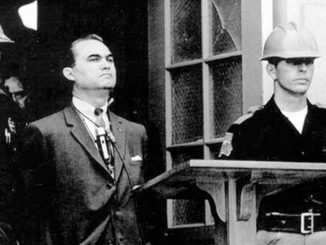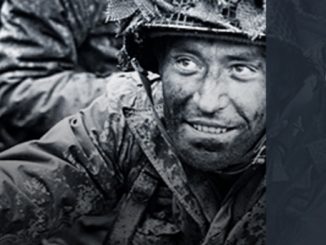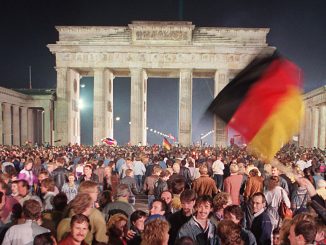

During the American Revolution, Patriot General George Washington crosses the Delaware River with 5,400 troops, hoping to surprise a Hessian force celebrating Christmas at their winter quarters in Trenton, New Jersey. The unconventional attack came after several months of substantial defeats for Washington’s army that had resulted in the loss of New York City and other strategic points in the region.
At about 11 p.m. on Christmas, Washington’s army commenced its crossing of the half-frozen river at three locations. The 2,400 soldiers led by Washington successfully braved the icy and freezing river and reached the New Jersey side of the Delaware just before dawn. The other two divisions, made up of some 3,000 men and crucial artillery, failed to reach the meeting point at the appointed time.
READ MORE: Valley Forge: George Washington’s Most Dismal Christmas
At approximately 8 a.m. on the morning of December 26, Washington’s remaining force, separated into two columns, reached the outskirts of Trenton and descended on the unsuspecting Hessians. Trenton’s 1,400 Hessian defenders were groggy from the previous evening’s festivities and underestimated the Patriot threat after months of decisive British victories throughout New York. Washington’s men quickly overwhelmed the Germans’ defenses, and by 9:30 a.m. the town was surrounded. Although several hundred Hessians escaped, nearly 1,000 were captured at the cost of only four American lives. However, because most of Washington’s army had failed to cross the Delaware, he was without adequate artillery or men and was forced to withdraw from the town.
The victory was not particularly significant from a strategic point of view, but news of Washington’s initiative raised the spirits of the American colonists, who previously feared that the Continental Army was incapable of victory.
READ MORE: 6 Unsung Heroes of the American Revolution





Be the first to comment